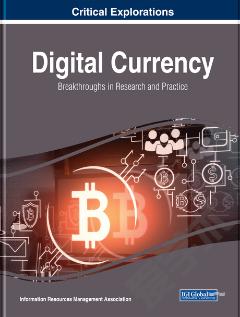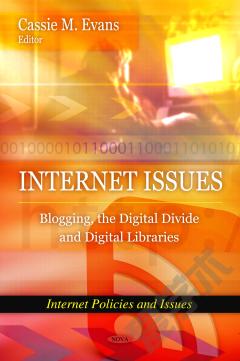The Digital Divide: Issues, Recommendations and Research
The emergence of the Internet as a world wide web in the late 1990s made access to information and knowledge significantly easier. Soon after the Internet started reaching the masses, concerns about its unequal distribution appeared. The digital divide that is manifested in access and usage differences between individuals, groups, regions and even countries is created between those who have access to information and communication technologies and know how to utilize them, and those who do not. Empirical studies supply strong evidence that many of those who are digitally excluded are also socially excluded, i.e., digital inequality is strongly related to economic and social stratification. Specifically, empirical studies have examined the digital divide as reflected in gaps in digital access, digital literacy, digital competence, digital, Internet and computer skills, attitudes towards computer and Internet and digital uses between different population groups. This book further reviews the issues, recommendations and new research on the digital divide.
{{comment.content}}








 京公网安备 11010802027623号
京公网安备 11010802027623号